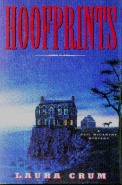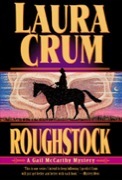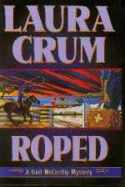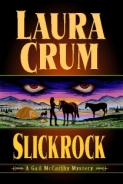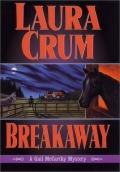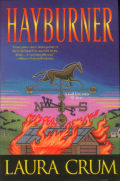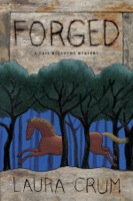
Western Cowhorses
Veterinarian Gail McCarthy thought cutting horse trainer Casey Brooks was being paranoid with his stories of poisoned horses and sabotage, but when his blue roan mare returns riderless and Casey is found dead, she isn’t so sure. 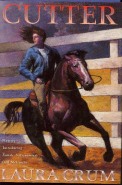

Gail McCarthy is a horse vet with a hectic schedule, not to mention a horse, a new boyfriend, and a house payment, and her life is more than a little disrupted when she finds two dead bodies in the course of a routine call to a well known reined cowhorse barn.
While attending the annual Winter Equine Seminar at Lake Tahoe, Gail finds one of her fellow horse vets dead, and another accused of his murder. The trail leads back to Gail’s hometown of Santa Cruz, California, and through the twists and turns of the team roping world, plunging Gail into a confrontation with an unlikely killer.
A stalker haunting the ranch of an old friend creates a harrowing personal drama for Gail as she struggles to sort out a mystery involving animal rights and a bitter feud--and win a team roping event at the same time.
Gail embarks on a solitary horse packing trip in the Sierra Nevada Mountains of California, with just her dog and her two horses for company. All too soon she stumbles upon a soon-to-be- dead man, and is drawn into the whirlwind of nefarious events that precipitated the tragedy.
Faced with a depression and some big life changes, Gail struggles to find the right path as she is confronted with the strangest mystery she has ever heard of.
Gail is called out to treat injured horses when the biggest boarding stable in the county catches fire. When a second barn fire occurs nearby, Gail finds herself in the middle of the search to catch the arsonist--before any more horses or people die.
Gail’s horseshoer is shot in her barnyard while shoeing her horse, embroiling Gail in a dangerous attempt to capture an elusive killer.


